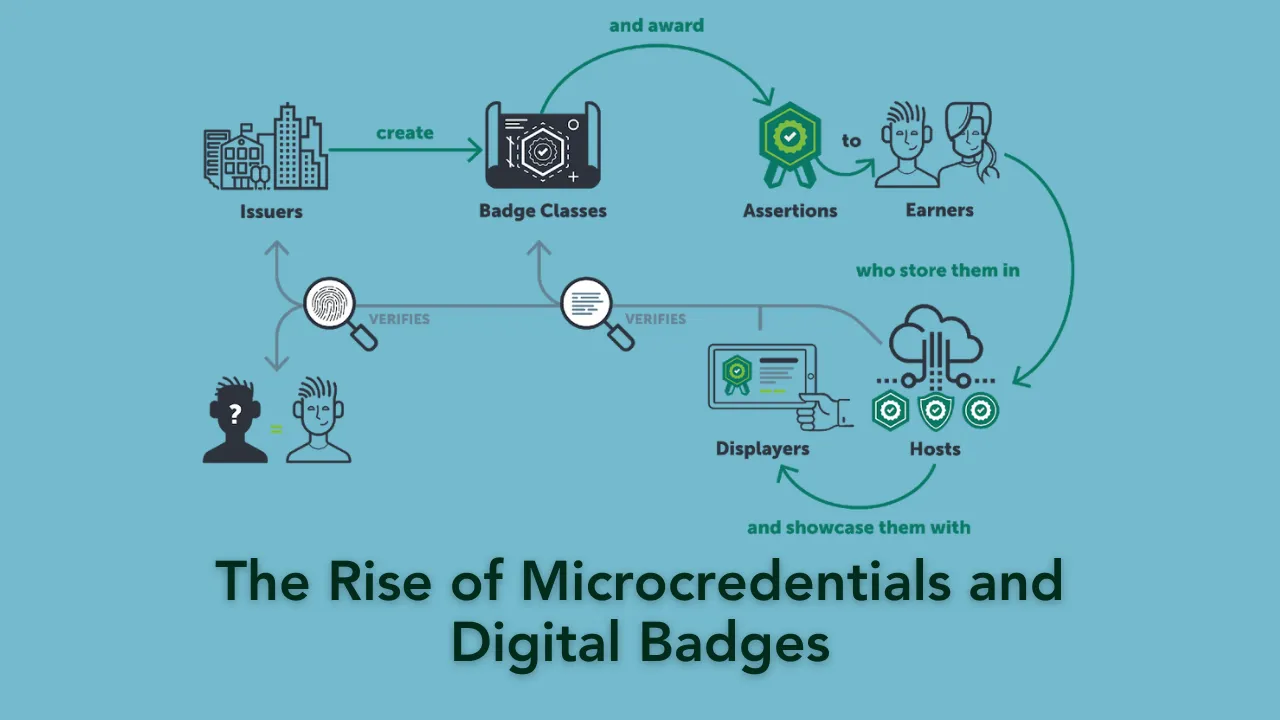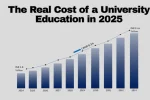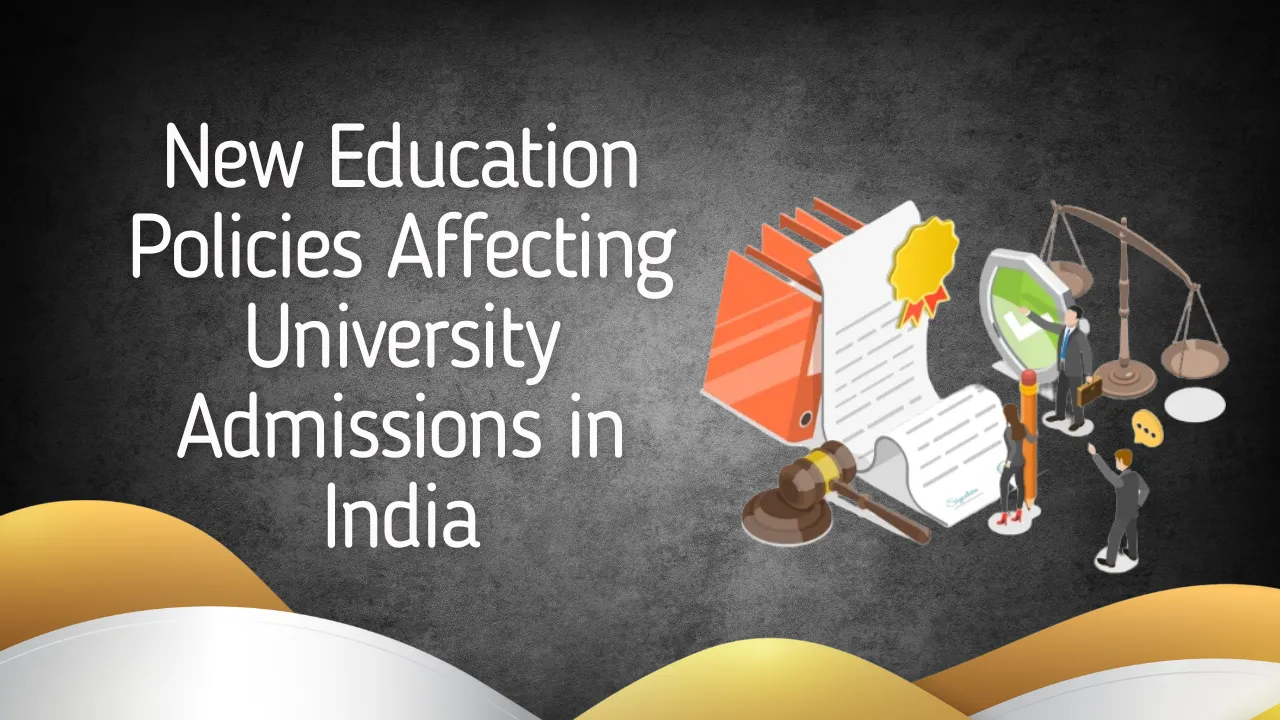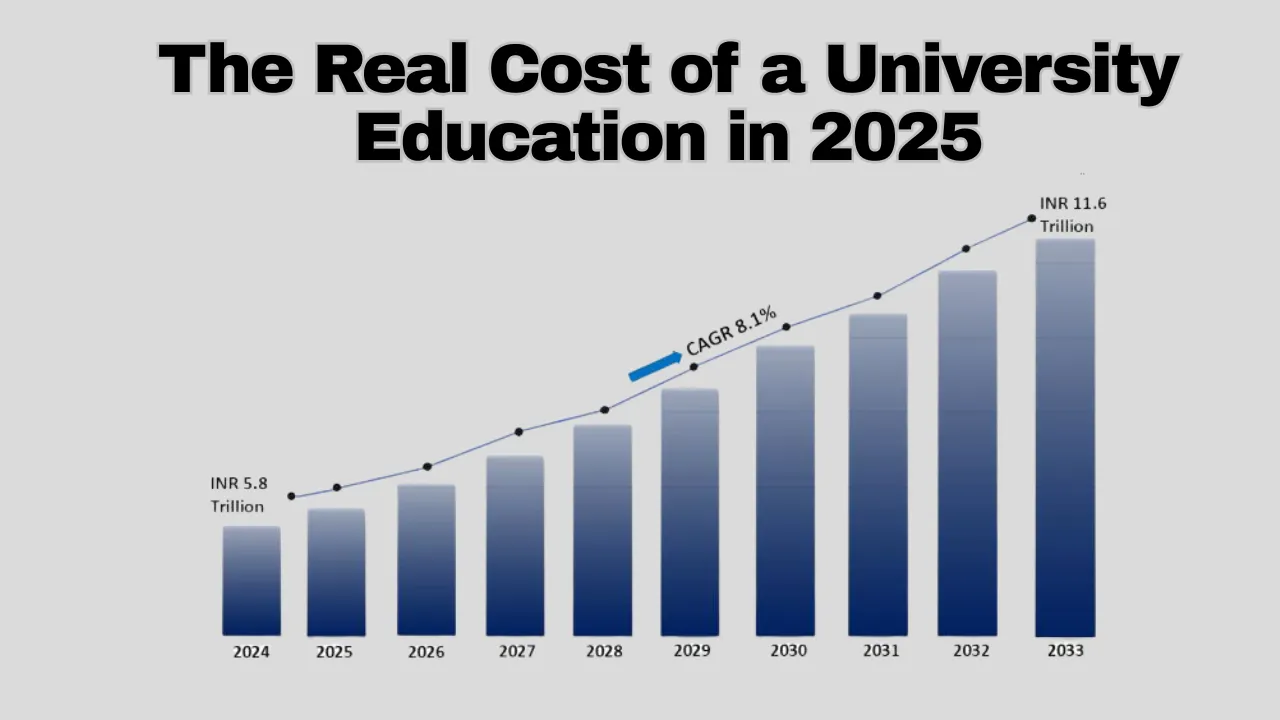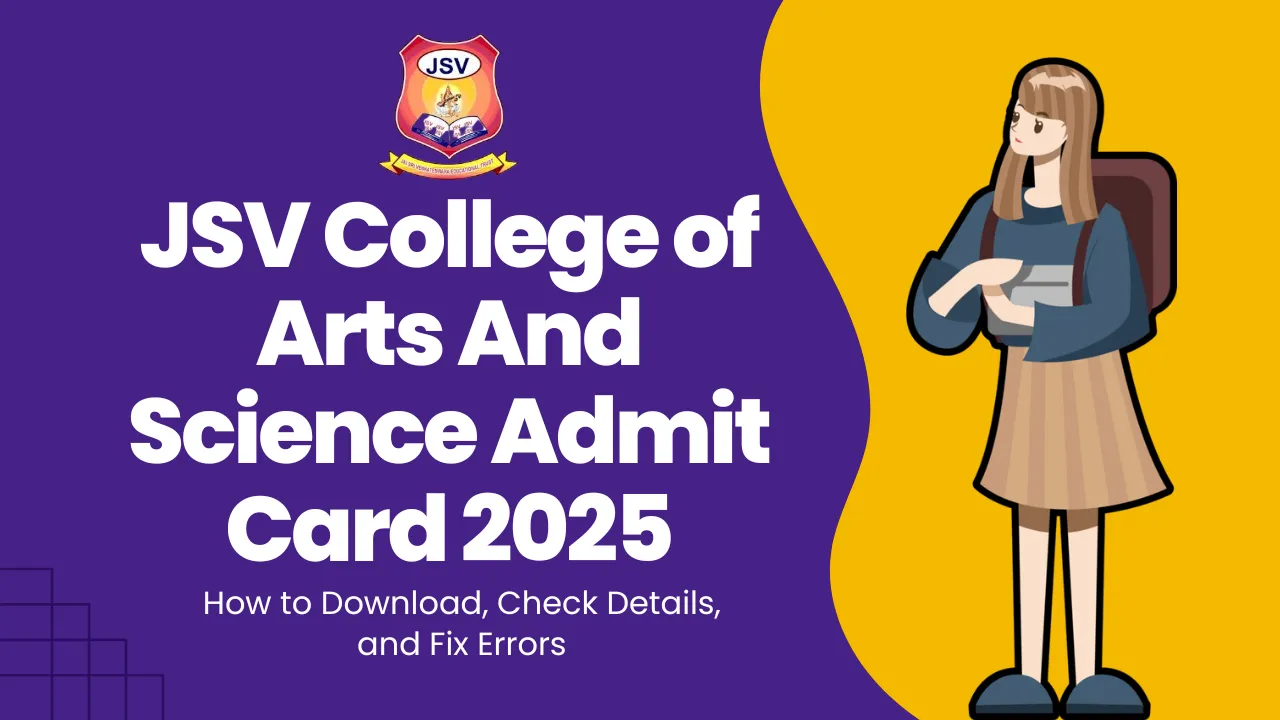Microcredentials and Digital Badges: Microcredentials and Digital Badges are quickly gaining popularity as flexible, fast, and career-focused ways to learn new skills. As traditional degrees become more expensive and time-consuming, learners are turning to alternative options that offer both credibility and convenience. These bite-sized certifications are shaping the future of education and hiring.
This article explores the growing trend of microcredentials and digital badges, what they are, how they work, and why they matter in today’s job market. Whether you’re a student, a working professional, or someone looking to change careers, these modern learning tools can give you a competitive edge and help you stay relevant in a fast-changing world.
What Are Microcredentials and Digital Badges?
Microcredentials and digital badges are short, focused learning programs that prove you’ve gained a specific skill or knowledge area. Unlike traditional degrees, which can take years to complete, microcredentials may take weeks or even days. They are often offered by universities, online platforms, or professional organizations.
Digital badges are visual tokens that represent these achievements. They can be shared on social media, added to resumes, or displayed on professional profiles like LinkedIn. They often include details like the issuing organization, what was learned, and when the badge was earned.
Why Are They Becoming Popular?
These modern learning tools are becoming more popular because they are practical and flexible. In today’s fast-paced world, employers want people who can quickly learn and apply new skills. Microcredentials and digital badges allow learners to upskill without quitting their jobs or committing to long programs.
They also offer affordable learning options. With rising tuition costs, many learners look for budget-friendly ways to prove their knowledge. Microcredentials often cost less and focus only on what’s relevant, making them a smart investment.
Benefits of Microcredentials and Digital Badges
- Flexibility and Convenience:
Learners can complete them at their own pace, often online, while balancing other responsibilities like work or family. - Career Advancement:
These credentials can help you get promotions, shift careers, or add value to your current role by showing your dedication to growth.
Industries Using Microcredentials
More and more industries are adopting microcredentials and digital badges to train their workforce. In tech, badges for coding, cloud computing, and cybersecurity are widely recognized. In healthcare, badges show mastery in areas like patient care or medical technology.
Even educators are earning microcredentials to improve teaching methods or specialize in topics like digital literacy. Companies like IBM, Google, and Microsoft now offer their own badges and use them to assess job candidates.
How They Compare to Degrees
While microcredentials don’t replace full degrees, they complement them. A college degree shows broad knowledge, but a microcredential shows a specific skill. This makes them ideal for showing what you can do right now.
For example, someone with a marketing degree might earn a badge in Google Analytics or social media advertising to stand out in job applications. It’s a great way to stay updated in fast-moving fields.
How to Choose the Right Microcredential
There are many options out there, so it’s important to choose wisely. Look for programs offered by trusted platforms or universities. Check if the skill is in demand and if the badge is recognized by employers in your field.
Also, think about your goals. Are you trying to change careers, earn a promotion, or just explore something new? Picking the right program will help you get the most from your learning.
Top Platforms Offering Microcredentials
- Coursera: Offers microcredentials from top universities like Yale, Stanford, and others.
- edX: Known for professional certificates and microdegrees.
- LinkedIn Learning: Offers skills-based badges you can display on your LinkedIn profile.
- Udacity & FutureLearn: Great for career-focused tech and business programs.
These platforms often include quizzes, projects, and peer feedback, making the learning more interactive and engaging.
Microcredentials and Hiring Trends
Employers are starting to pay attention to microcredentials and digital badges during the hiring process. They want proof of skills, not just education. A badge showing recent skills can sometimes speak louder than a degree earned years ago.
In some industries, hiring managers are even building teams based on badges that show who has completed certain training. It helps companies see who’s ready to contribute from day one.
Challenges and Limitations
Though useful, microcredentials and digital badges are still a new concept. Not all employers value them equally, and some badges may not be recognized outside of a specific company or platform. It’s important to research the value of a badge before investing time or money.
Another challenge is oversaturation. With so many badges out there, it’s harder to tell which ones really matter. Sticking to well-known programs and institutions can help avoid this issue.
FAQs
What is the difference between a microcredential and a digital badge?
A microcredential is the learning program itself, while a digital badge is the symbol or proof of completion.
Can microcredentials replace college degrees?
Not completely. They are more useful as add-ons or updates to existing qualifications.
Are microcredentials recognized by employers?
Yes, especially when they come from respected platforms or companies like Google or Microsoft.
How long does it take to earn a microcredential?
It varies. Some take a few hours, others a few weeks, depending on the depth of the subject.
Are microcredentials worth it?
Yes, if the skill is relevant and the credential is from a trusted source. They offer a fast and affordable way to grow professionally.
Final Thought
The future of learning is flexible, fast, and focused. Microcredentials and digital badges offer a new path to success, helping people learn in-demand skills and prove their abilities quickly. Whether you’re looking to boost your resume or learn something new, now is the time to explore this modern way of learning.
Have you earned a digital badge yet? Tell us in the comments or share this with someone who needs a career boost. Don’t forget to explore more content on personal development and online learning!
